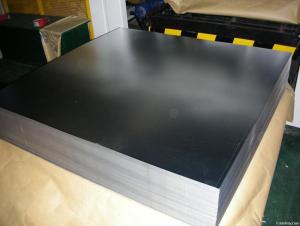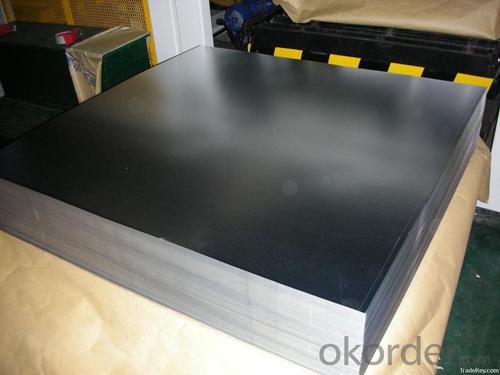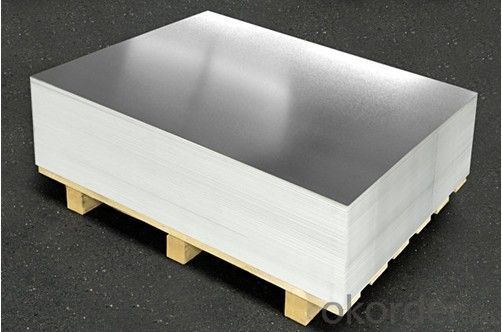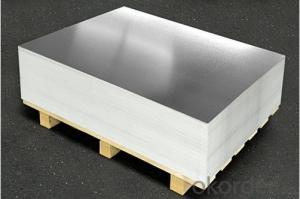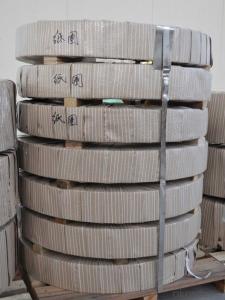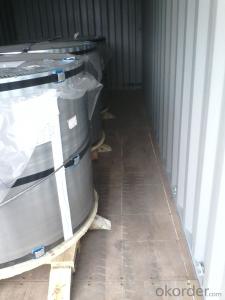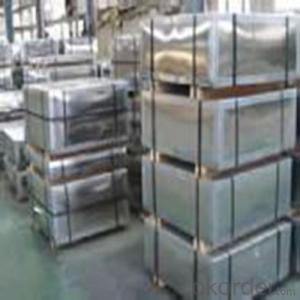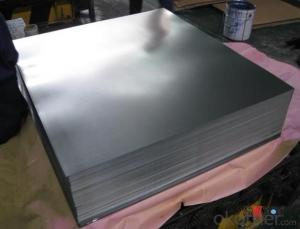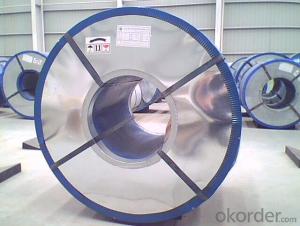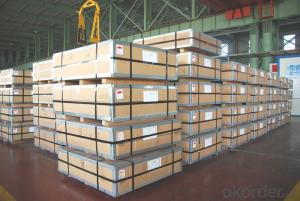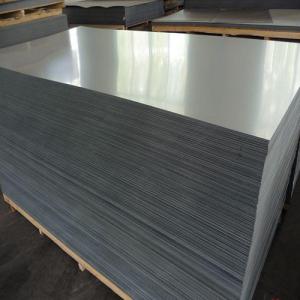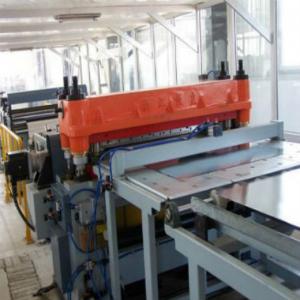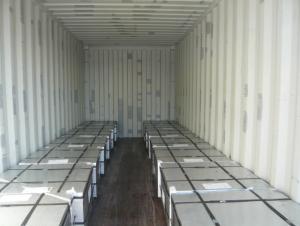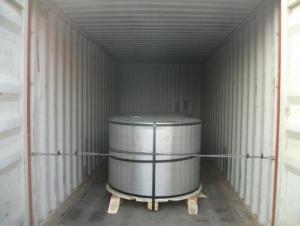Tin Plate Coils and Sheets for Chemical Metal Packaging
- Loading Port:
- China Main Port
- Payment Terms:
- TT or LC
- Min Order Qty:
- -
- Supply Capability:
- -
OKorder Service Pledge
OKorder Financial Service
You Might Also Like
1.Structure of Tin Plate Coils and Sheets for Chemical Metal Packaging Description
Due to Tinplate packaging`s good seal, nature, dark, robustness and unique decorative metal charm, it has a wide range of coverage in the packaging container industry,and common international packaging varieties. With a variety of CC tinplate material, DR materials, chrome plated and constantly enrich and promotion and development of packaging products and technology, tinplate packaging has promoted with innovation.
Because of its strong antioxidant and diverse styles, beautifully printed, tinplate containers are very popular and loved by customers, and they are widely used in food packaging, pharmaceutical packaging, commodity packaging, instrumentation, packaging, industrial packaging and so on.
With the continuous improvement of tinplate printing technology and processing technology, tinplate packaging has developed more widely.
2.Main Features of the Tin Plate Coils and Sheets for Chemical Metal Packaging
Appearance – Electrolytic Tin Plate is characterized by its beautiful metallic luster. Products with various kinds of surface roughness are produced by selecting the surface finish of the substrate steel sheet.
Paintability and printability – Electrolytic Tin Plates have excellent paintability and printability. Printing is beautifully finished using various lacquers and inks.
Formability and strength – Electrolytic Tin Plates have got very good formability and strength. By selecting a proper temper grade, appropriate formability is obtained for different applications as well as the required strength after forming.
Corrosion resistance – Tinplate has got good corrosion resistance. By selecting a proper coating weight, appropriate corrosion resistance is obtained against container contents. Coated items should meet 24 hour 5 % salt spray requirement.
Solderability and weldability – Electrolytic Tin Plates can be joined both by soldering or welding. These properties of tinplate are used for making various types of cans.
Hygienic – Tin coating provides good and non toxic barrier properties to protect food products from impurities, bacteria, moisture, light and odours.
Safe – Tinplate being low weight and high strength makes food cans easy to ship and transport.
Eco friendly – Tinplate offers 100 % recyclability.
Tin is not good for low temperature applications since it changes structure and loses adhesion when exposed to temperatures below – 40 deg C.
3. Tin Plate Coils and Sheets for Chemical Metal Packaging Images
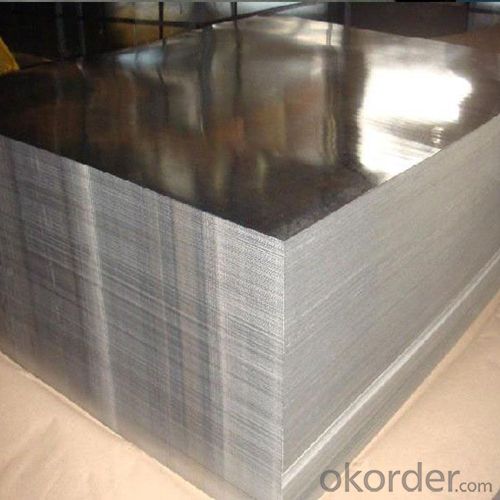
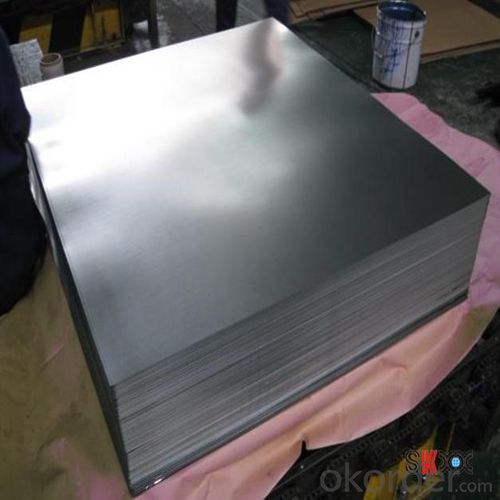
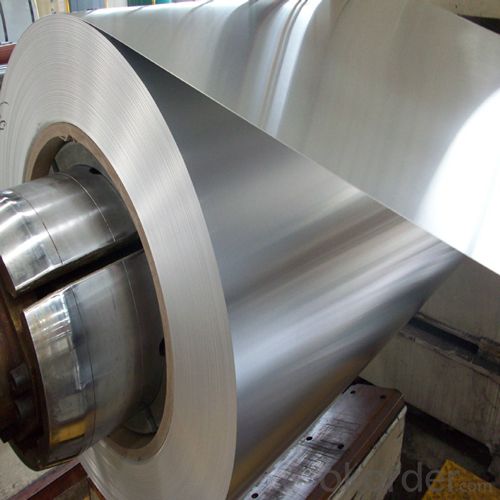
4. Tin Plate Coils and Sheets for Chemical Metal Packaging Specification
Standard | ISO 11949 -1995, GB/T2520-2000,JIS G3303,ASTM A623, BS EN 10202
|
Material | MR,SPCC |
Thickness | 0.15mm - 0.50mm |
Width | 600mm -1150mm |
Temper | T1-T5 |
Annealing | BA & CA |
Coil Inner Diameter | 508mm |
Weight | 6-10 tons/coil 1~1.7 tons/sheets bundle |
Passivation | 311 |
Oil | DOS |
Surface | Finish,bright,stone,matte,silver |
5.FAQ of Tin Plate Coils and Sheets for Chemical Metal Packaging
- How are the Electrolytic Tin Plates specified?
The Electrolytic Tin Plates are specified as per the steel base, extent of tempering, the coating weight, annealing method and the surface finish.
- How many types there are for base steels?
The base steels are of three types: Type MR, L, D
- Q: How does tinplate packaging contribute to product protection against breakage?
- Tinplate packaging provides a strong and durable barrier that helps protect products from breakage. The rigid nature of tinplate offers excellent resistance against external impacts, preventing the product from getting damaged during handling, transportation, or storage. Additionally, tinplate's ability to withstand compression and stacking ensures that the product remains intact even when subjected to pressure. Its protective qualities make tinplate packaging highly reliable in safeguarding products and reducing the risk of breakage.
- Q: What are the environmental impacts of tinplate production?
- Tinplate production has several environmental impacts. Firstly, the extraction of tin ore can lead to deforestation and habitat destruction. Secondly, the smelting process releases greenhouse gases, contributing to climate change. Additionally, the use of chemicals and energy during manufacturing can result in air and water pollution. Lastly, the disposal of waste materials, such as slag and wastewater, can contaminate nearby ecosystems. Overall, tinplate production has significant environmental consequences that need to be addressed and mitigated.
- Q: What are the challenges faced in the recycling of tinplate?
- One of the main challenges in the recycling of tinplate is the separation of tin from steel. Tin is a valuable material and it is important to recover it efficiently. However, the process of separating tin from steel can be complicated and time-consuming. Additionally, the presence of other contaminants in tinplate, such as paint or other coatings, can further complicate the recycling process. Another challenge is the collection and sorting of tinplate waste, as it often ends up mixed with other materials in the general waste stream. This makes it harder to recover and recycle tinplate efficiently. Overall, the challenges in the recycling of tinplate involve the efficient separation of tin from steel and the collection and sorting of tinplate waste.
- Q: How does tinplate compare to glass in terms of packaging applications?
- Tinplate and glass have distinct advantages and disadvantages for packaging applications. Tinplate offers superior durability, resistance to corrosion, and can be easily formed into various shapes and sizes, making it suitable for canned food, beverages, and aerosol packaging. On the other hand, glass provides an elegant appearance, is chemically inert, and preserves the taste and quality of its contents. However, glass is fragile, heavier, and more expensive to produce and transport than tinplate. Therefore, the choice between tinplate and glass for packaging applications depends on factors such as product compatibility, cost, and customer preferences.
- Q: Can tinplate be used for packaging of corrosive substances?
- No, tinplate cannot be used for packaging of corrosive substances as it is susceptible to corrosion itself.
- Q: What is the global demand for tinplate?
- The global demand for tinplate is significant and steadily growing due to its versatile applications across various industries, such as packaging, automotive, construction, and electronics. Tinplate's corrosion resistance, durability, and aesthetic appeal make it a preferred choice for manufacturing cans, containers, and other packaging materials. Additionally, the increasing focus on sustainability and recyclability has further boosted the demand for tinplate as it is highly recyclable.
- Q: Can tinplate be used for paint can packaging?
- Yes, tinplate can be used for paint can packaging. Tinplate is a commonly used material for manufacturing paint cans due to its durability, corrosion resistance, and ability to be easily formed into different shapes and sizes.
- Q: Can tinplate packaging be used for home decor products?
- Yes, tinplate packaging can be used for home decor products. Tinplate is a versatile material that can be easily molded into various shapes and sizes, making it suitable for packaging a wide range of home decor items such as candles, vases, small decorative objects, and more. Additionally, tinplate offers a sleek and attractive look, which can enhance the overall aesthetic appeal of the home decor products.
- Q: Can tinplate be used as a water tower? Is hot water durable?
- Tinplate is commonly known as tin plated thin steel plate. It is a cold-rolled low carbon steel sheet or strip coated with pure tin on both sides. Tin plays a major role in preventing corrosion and rusting.
- Q: How is tinplate made?
- Tinplate is made by coating thin sheets of steel with a layer of tin through a process called electroplating. The steel sheets are first cleaned and then passed through an electrolyte bath where a direct current is applied. This causes tin ions in the electrolyte to bond with the steel, forming a layer of tin on its surface. The resulting tin-coated steel sheets are then rolled into coils, ready to be used in various applications like food cans and packaging materials.
Send your message to us
Tin Plate Coils and Sheets for Chemical Metal Packaging
- Loading Port:
- China Main Port
- Payment Terms:
- TT or LC
- Min Order Qty:
- -
- Supply Capability:
- -
OKorder Service Pledge
OKorder Financial Service
Similar products
Hot products
Hot Searches
Related keywords



